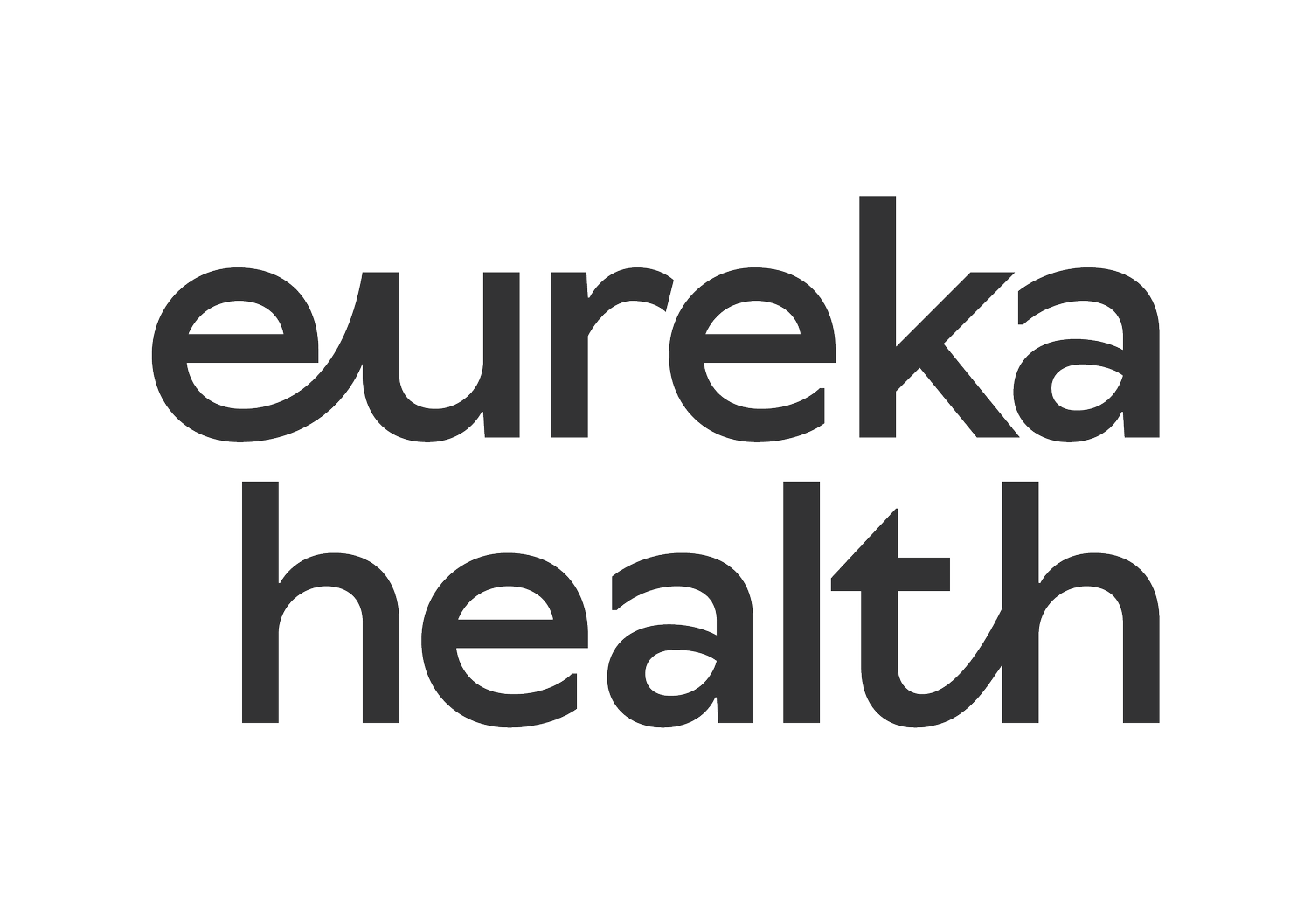What is Pregnancy Related Pelvic Girdle Pain (PRPGP)
What is it?
Pregnancy Related Pelvic Girdle Pain (PRPGP) is a term used to encompass pain around the low back, hips and pelvis that arises during pregnancy. Some studies estimate up to 84% of pregnant women experience pain around the low back and/or pelvic girdle during pregnancy. Whilst PRPGP is common (affecting up to 1 in 5 women during pregnancy) it should not be ignored or considered a normal part of pregnancy as there are lots of strategies that can help to successfully manage this condition.
The Pelvis
The pelvis is made up of three joints: the pubic symphysis which connects the pelvis at the front, and the two sacroiliac joints (SIJ) which connect the spine to the pelvis at the back. These joints can all be involved in PRPGP.
Why does it occur:
When we consider the changes a women’s body goes through to accomodate a growing foetus and preparing for labour, it is no surprise that the pelvis can be affected. PRPGP is multifactorial and may be related to the hormonal changes (release of relaxin to help ligaments soften and stretch), muscle imbalances (stretching and weakening of abdominal and pelvic floor muscles) and postural changes (your centre of gravity shifts forward as the foetus grows which can increase strain through the lower spine and pelvis). Other factors such as past history of lower back pain, fear and physically demanding work can also contribute to why you may experience PRPGP.
Common symptoms
Common symptoms of PRPGP may include:
Pain in lower back or buttocks
Pain at the front of your pelvis or groin (inner thigh) muscles - some women describe feeling "bruised" through the front of the pelvis
Your legs may feel heavy, dull and hard to lift
Clicking or grinding sensation in the pelvis when moving
Pain/discomfort often occurs with activities such as:
Getting in/out of the car
Rolling over in bed
Balancing on one leg to get dressed
Strenuous housework (vacuuming, mopping etc) and other physical work
Standing for long periods of time
Climbing stairs or walking uphill
What should you do if you have symptoms?
If you are experiencing any of these symptoms we recommend seeing your osteopath or physiotherapist for an assessment and to determine what is contributing to your PRPGP. Treatment may include a combination of hands on manual therapy (massage, gentle joint mobilisations and stretching), education, advice on activity modifications, support garments (if required) and exercise therapy (prescription of a home exercise program, Pilates classes and pre & postnatal rehab classes).
Our top tips
THINGS TO DO:
Strategies that some women find helpful include:
Seek professional advice early
Wear supportive footwear
Sit down to get dressed
Take smaller footsteps when walking
Reduce total activity load and take regular rests throughout day
Supportive garments (belts, tape, compression shorts, belly bands)
Sleep with a pillow between your knees
Learn how to activate your glute muscles for tasks such as getting out of the car and rolling over in bed
Stay active with low impact exercises (pre-natal exercise/Pilates classes, hydrotherapy, stationary bike, walking)
Learn how to engage pelvic floor and abdominal muscles before lifting
Swivel from the hips with knees together when getting out of the car
Accept help from family and friends
THINGS TO AVOID:
Single leg exercises and tasks eg. standing on one leg to get dressed
Heavy lifting, pushing and housework
Sitting with legs crossed
Hanging on one hip/carrying toddlers on hip (use a pram when practical)
Exercise that require lunges or uneven distribution of weight
Stairs and stepping over things
Wearing high heels
Breastroke if swimming


